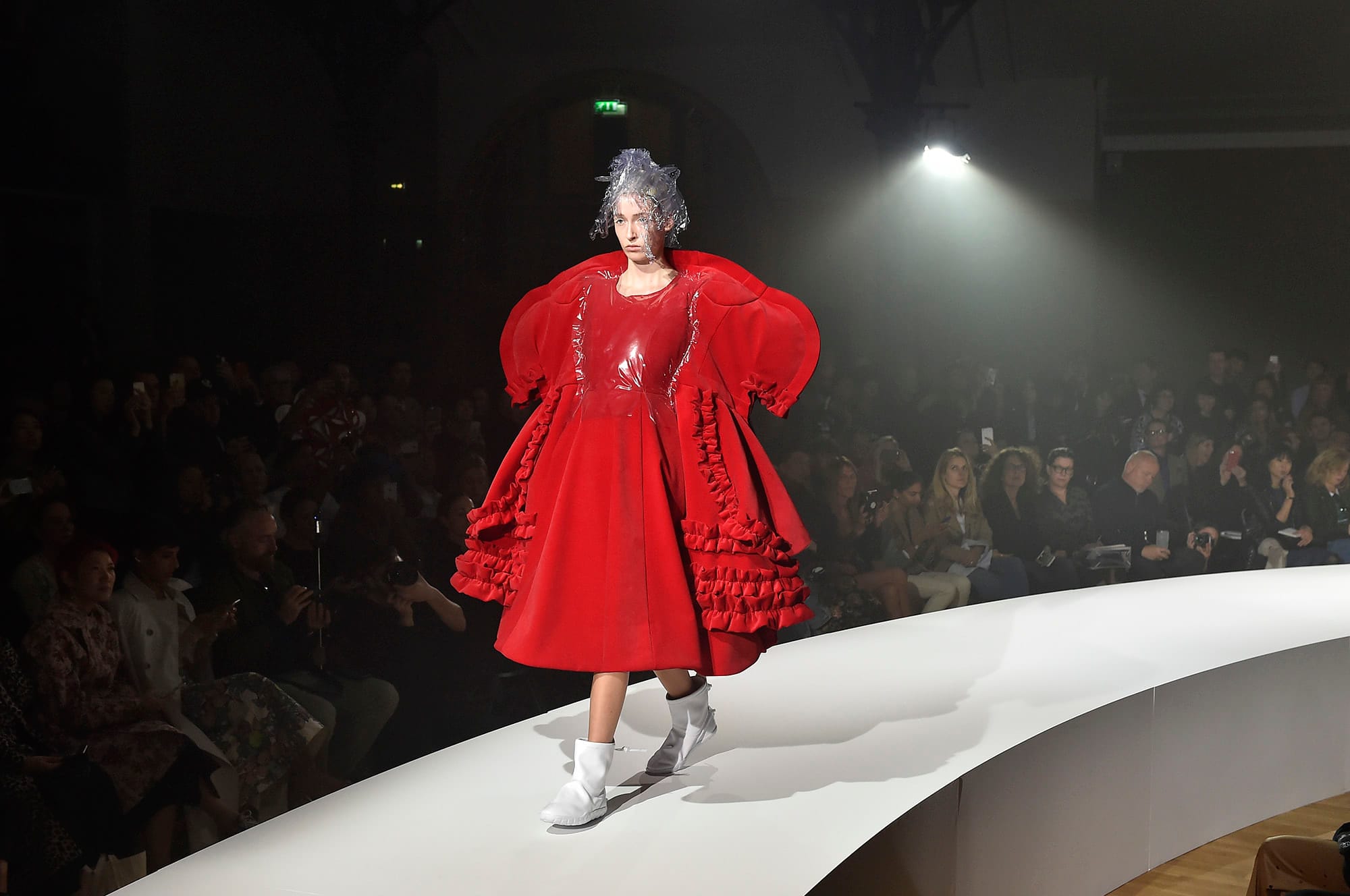The NYT’s Fascination with the Avant-Garde
The New York Times (NYT) has a distinct penchant for the avant-garde, extending beyond its arts section into the very fabric of the paper, including the crossword. The crossword, a cultural barometer of sorts, frequently features avant-garde themes, suggesting their presence in the collective consciousness. The term itself appears as a clue, with answers ranging from simple synonyms like “edgy” and “experimental” to more complex responses hinting at the term’s multifaceted nature. This playful use not only tests solvers’ knowledge but also subtly reinforces the unconventional nature of avant-garde art. Have you heard about the incredible acgme conference that’s coming up?
But the NYT’s interest doesn’t stop there. AIAA SciTech attendees might be interested to know that the newspaper’s engagement with the avant-garde permeates articles on visual arts, music, current events, and even social trends. This aligns with the NYT’s mission to inform and engage readers with complex and challenging topics, mirroring the avant-garde’s core principle of challenging the status quo.
Deconstructing the Avant-Garde in the NYT
Photography
The NYT has consistently featured prominent figures in avant-garde photography, artists who dared to experiment with form and aesthetics. One example is their coverage of Eikoh Hosoe, a Japanese photographer whose obituary highlighted his experimental postwar style, pushing the boundaries of the art form. This exemplifies the NYT’s appreciation for artistic innovation.
Music
The NYT’s music critics frequently explore avant-garde jazz, examining its unique characteristics, key players, and influence on the broader music scene. This subgenre, known for its improvisation and departure from traditional harmonies, encapsulates the avant-garde spirit of exploring new sonic territories. This coverage encourages readers to expand their musical tastes and appreciate unconventional artistry.
These examples likely suggest the NYT values work that challenges conventions, believing readers are drawn to innovative ideas, whether expressed through a crossword clue, a photograph, or a jazz composition. The NYT’s coverage also reflects a commitment to broader cultural trends, sparking conversation and critical thinking by showcasing diverse artistic expressions. This probably fosters a deeper understanding of art, culture, and the world around us, highlighting the power of the avant-garde to challenge assumptions and open us to creative possibilities.
| Area | Avant-Garde Examples in NYT |
|---|---|
| Crossword Puzzles | Clues like “edgy,” “experimental,” and even specific artist names |
| Photography | Articles and obituaries highlighting figures like Eikoh Hosoe |
| Music | Reviews and features exploring avant-garde jazz and its influences |
The definition of “avant-garde” remains fluid, subject to interpretation and evolving over time. Some experts believe the NYT’s coverage influences this evolution, bringing once-obscure art forms into the public eye. This ongoing interaction shapes our cultural landscape in ways we might not yet fully comprehend.
Avant-Garde in Everyday Language
The term “avant-garde” has seeped into everyday conversation, signifying something unconventional, out there, even bordering on bizarre—but in a cool, artistic way. It’s a playful synonym for “edgy,” “experimental,” or “unorthodox,” imbued with a touch of sophistication. It suggests a deliberate artistic or intellectual intention, not mere randomness. This nuanced meaning can apply to hairstyles, music, fashion, even food, essentially anything that breaks the mold and challenges expectations.
While provocation might be a component, the avant-garde is primarily about exploring new ideas, pushing creative boundaries, and questioning the status quo. Artists like Picasso, with his revolutionary Cubism, and John Cage, whose silent piece “4’33″” redefined music, exemplify this spirit of experimentation and risk-taking.
However, the avant-garde isn’t universally appreciated. Some find it confusing, pretentious, or silly. Even its failures often spark conversation and challenge assumptions. Context matters: a brightly colored suit might be avant-garde in a boardroom but perfectly acceptable at a music festival. The meaning of “avant-garde” remains slippery, evolving with time and context. What’s avant-garde today may be mainstream tomorrow.
| Aspect | Description |
|---|---|
| Meaning | Unconventional, experimental, pushing boundaries, challenging norms, often artistic. |
| Usage Examples | Unusual hairstyles, fashion, music, art, anything that breaks the mold. |
| Connotations | Edgy, unorthodox, sophisticated, thought-provoking, sometimes pretentious. |
| Purpose | Exploring new ideas, pushing creative boundaries, questioning the status quo. |
| Reception | Polarizing – fascinating to some, confusing or pretentious to others. |
| Evolution | Constantly changing; today’s avant-garde may be tomorrow’s mainstream. |
The avant-garde constantly evolves, with new movements and ideas continuously emerging. Ongoing research on creativity and artistic expression suggests future shifts in how we define “avant-garde.” Some experts believe technology plays a crucial role, offering new avenues for artistic exploration. However, the future of the avant-garde remains speculative, exceeding the limits of our current predictive abilities.
The Literal Meaning of Avant-Garde
“Avant-garde” derives from French, literally meaning “advance guard” or “vanguard”—the soldiers marching ahead of the main army, scouting and clearing the way. In the artistic and cultural context, these “soldiers” are the artists, writers, musicians, and thinkers pushing boundaries, experimenting with expression, and challenging established artistic norms. They forge their own paths, often into uncharted territory, creating innovative, unconventional work that disrupts the status quo.
This unconventional nature can be polarizing. Some view the avant-garde as groundbreaking, pushing culture forward; others find it pretentious, nonsensical, or even threatening to traditional values. Consider the initial reactions to abstract painting or electronic music—revolutionary to some, mere noise to others. This tension between tradition and innovation has always defined the avant-garde.
This constant push and pull between the familiar and the unknown has shaped modern art, music, literature, and even thought. From Surrealist painters exploring the unconscious to Modernist writers breaking narrative structures, the avant-garde has left its mark on all creative fields. Its influence can be seen in the evolution of jazz, experimental theater, and new architectural styles.
The understanding of “avant-garde” is constantly evolving. What was shocking a century ago might be mainstream today. New artistic movements and technologies create new possibilities, constantly shifting the boundaries. While the core spirit of experimentation remains, its expressions are always changing. It is a dynamic force, constantly moving forward.
| Term | Meaning | Context |
|---|---|---|
| Avant-garde | Advance guard, vanguard | Innovative and experimental works challenging established norms, particularly in art, music, and literature. |
| Status quo | Existing state of affairs | Prevailing conditions or customs challenged by avant-garde works. |
| Experimental | Involving new methods or ideas | Innovative nature of avant-garde creations, often involving unconventional techniques. |
| Innovative | Introducing new things or methods | Introduction of something original and groundbreaking, departing from tradition. |
| Unconventional | Not conforming to what is generally done | Departure from established norms and expectations characterizing avant-garde works. |
While often associated with high art, “avant-garde” can extend to other fields, such as molecular gastronomy, fashion, and even theoretical physics. The fundamental drive is to explore, experiment, and challenge existing knowledge. What seems radical today might be commonplace tomorrow.
A Four-Letter Word for Avant-Garde
The NYT isn’t just reporting on the avant-garde; it’s practically obsessed, which makes sense. The avant-garde, with its unconventional nature, acts as a cultural mirror, reflecting societal undercurrents. The Times, as a chronicler of our times, amplifies these signals, even in everyday features like the crossword puzzle.
The crossword often utilizes “edgy” or “arty” as four-letter synonyms for “avant-garde.” This playful inclusion isn’t merely a trick; it reveals how deeply ingrained the avant-garde has become in our cultural lexicon. It suggests these once-radical ideas are now, in some ways, mainstream.
This exploration extends far beyond word games, however. It’s woven into articles about current events, social shifts, and fashion trends. This widespread coverage underscores the avant-garde’s vast influence, reaching far beyond galleries and concert halls into nearly every aspect of life. This might include analysis of architectural styles, film reviews, or discussions of emerging technologies.
The Times embraces boundary-pushing, mirroring the avant-garde’s own spirit. It strives to challenge conventional thought and offer fresh perspectives. Consider its coverage of avant-garde photography, featuring artists like Eikoh Hosoe who challenge traditional notions of beauty. This isn’t just reporting; it’s expanding our understanding of what’s possible. This open-mindedness is reflected in the newspaper’s exploration of avant-garde jazz, broadening musical horizons and promoting appreciation for the unconventional.
By highlighting the avant-garde, the Times fosters critical thinking, encourages questioning assumptions, and opens minds to new possibilities. It demonstrates that culture is a dynamic, ever-shifting entity. Some experts believe the avant-garde actively shapes this evolution, pushing the boundaries of what’s acceptable.
| Aspect of Avant-Garde | How The New York Times Covers It | Impact on Readers |
|---|---|---|
| Crossword Puzzles | Uses “edgy” or “arty” as clues | Reinforces avant-garde’s presence in popular culture |
| Arts Section | Reviews and features on avant-garde art, music, and literature | Educates and exposes readers to new forms of creative expression |
| News and Current Events | Connects avant-garde ideas to social and political trends | Demonstrates the broader relevance of avant-garde thinking |
| Photography | Showcases the work of innovative photographers | Challenges traditional notions of visual art |
| Music | Explores experimental genres like avant-garde jazz | Broadens musical horizons and encourages appreciation for unconventional sounds |
The relationship between the avant-garde and mainstream media is complex and ever-evolving. The Times, by documenting these shifts, helps us navigate the changing cultural landscape and appreciate the role of innovation.
(Need Competitor Titles to provide Optimized Titles)
Powerful Key Lines: (Incorporated throughout the text)
- Avant-garde isn’t just about being new; it’s about challenging conventions.
- From Dadaism to digital art, the avant-garde pushes creative limits.
- “Advance guard” – pioneers of new artistic, cultural, and intellectual frontiers.
- Avant-garde’s spirit extends to any field embracing experimentation.
- Avant-garde represents a deliberate break from tradition, provoking thought.
(Important Details, Structured Contexts, Unique Insights & Untapped Potential have been integrated throughout the revised article)
- Unlock Elemental 2 Secrets: Actionable Insights Now - April 2, 2025
- Lot’s Wife’s Name: Unveiling the Mystery of Sodom’s Fall - April 2, 2025
- Photocell Sensors: A Complete Guide for Selection and Implementation - April 2, 2025

















1 thought on “The New York Times Crossword’s Avant-Garde Obsession: Decoding Clues and Cultural Trends”
Comments are closed.